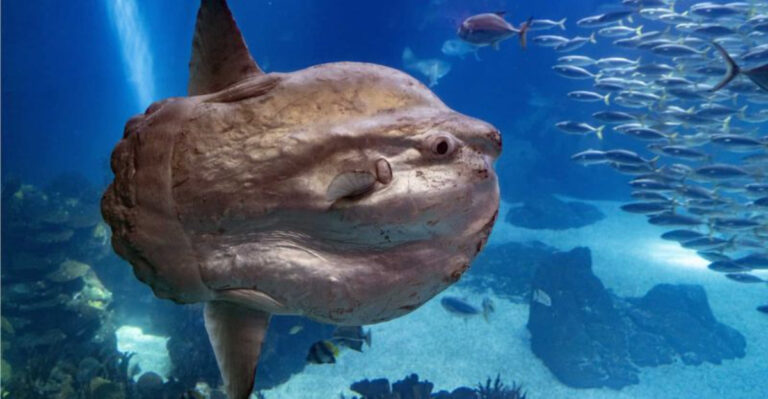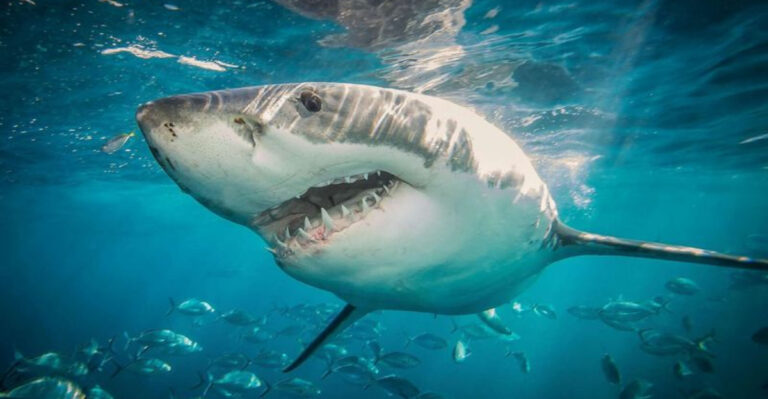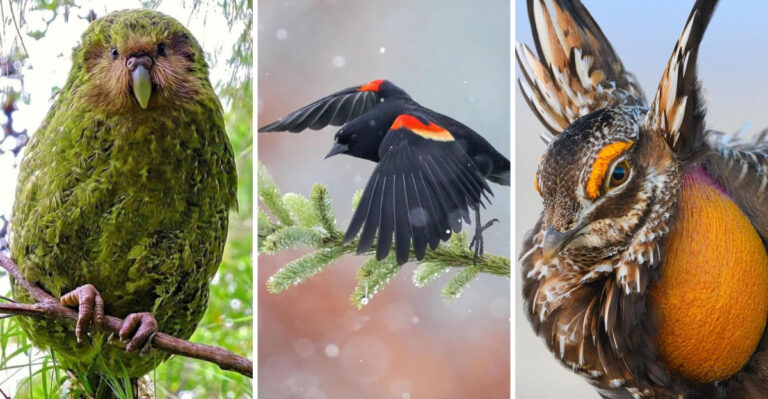15 Animals That Could Defeat An Orca
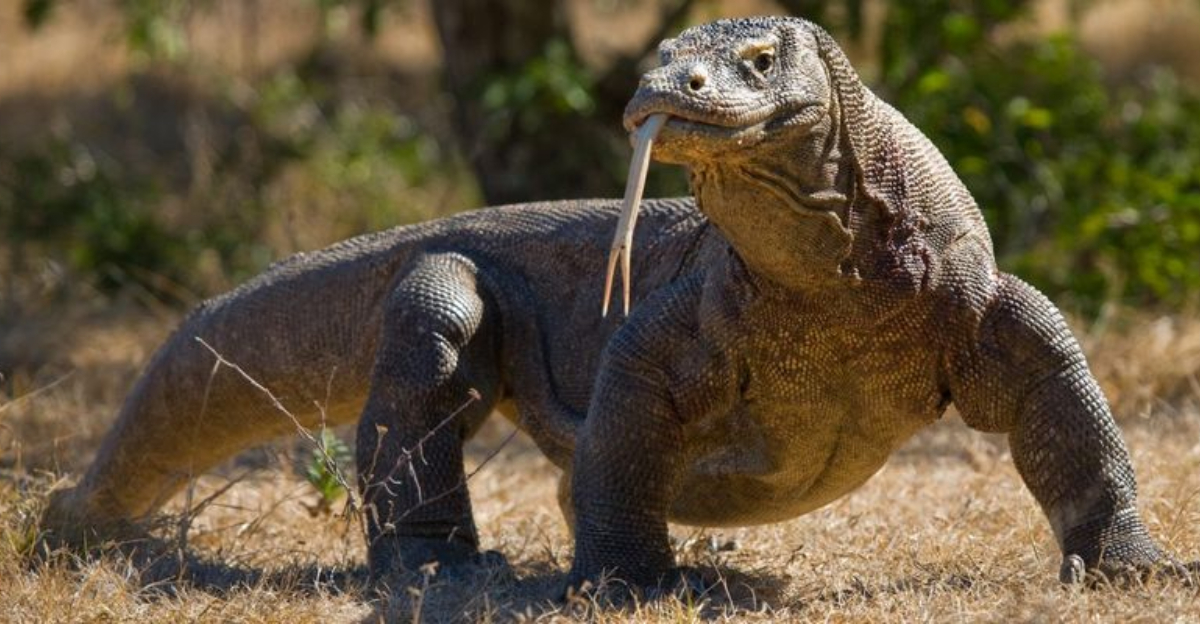
Orcas rule the oceans as apex predators with their intelligence, speed, and teamwork. These massive marine mammals can take down great white sharks and even blue whales when hunting in pods.
But nature has a way of balancing power, and several creatures might actually stand a chance against an orca in certain situations.
1. Bull Shark
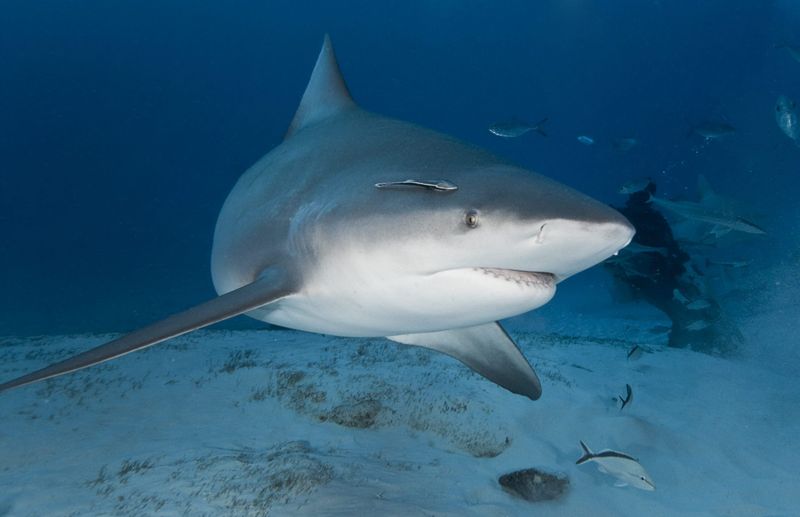
Known for its adaptability and aggression, the bull shark is a formidable opponent in the water. Unlike other sharks, the bull shark can thrive in both saltwater and freshwater, enabling it to enter rivers and even swim far upstream.
This unique ability to traverse different water types adds to its predatory edge. Bull sharks are highly aggressive and often considered one of the most dangerous sharks to humans.
They possess exceptional hunting skills, making them a potential match for an orca in certain circumstances.
2. Blue Whale
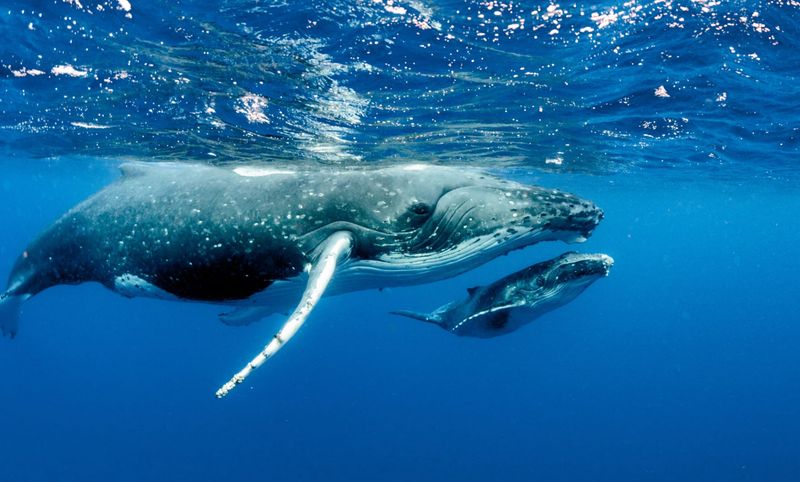
The largest animal ever known to exist possesses a secret weapon against orcas – sheer size. Adult blue whales reach lengths of 100 feet and weigh up to 200 tons, dwarfing even the largest orca.
While generally peaceful, a blue whale’s massive tail can deliver a devastating blow with enough force to crush an orca’s skull or break bones. Their immense bulk also makes it difficult for orcas to flip them over.
3. Sperm Whale
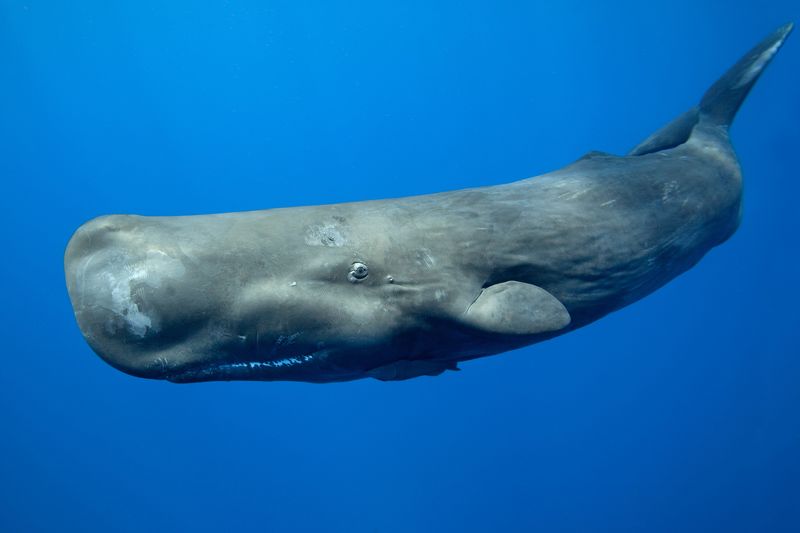
Armed with the largest brain on Earth, sperm whales aren’t defenseless prey. Their massive square-shaped heads contain powerful sonar organs that can potentially stun attackers with sound waves.
Male sperm whales grow to 60 feet and weigh up to 45 tons. Their powerful tails generate enough force to snap an orca’s body in half. They’ve been observed forming defensive circles around calves when threatened.
4. Colossal Squid
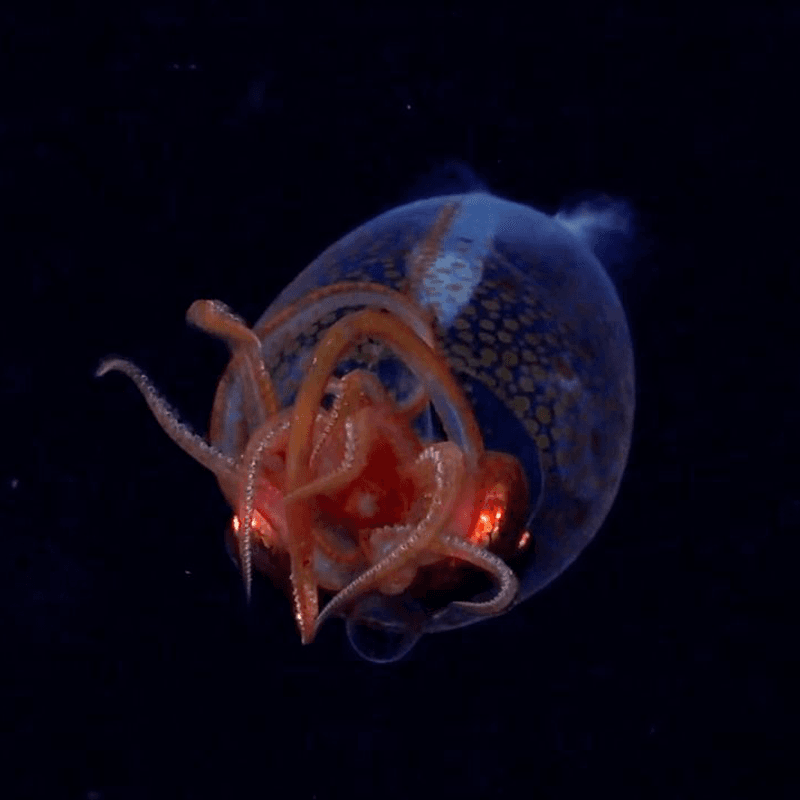
Lurking in the ocean depths, colossal squids possess weapons that even orcas fear. Their rotating hooks and serrated suction cups can inflict serious damage on anything they grasp.
Growing up to 46 feet long, these mysterious giants have the largest eyes in the animal kingdom, perfect for spotting predators in the dark abyss. Their beaks can exert tremendous cutting force, potentially crippling an orca’s fins.
5. Elephant Seal
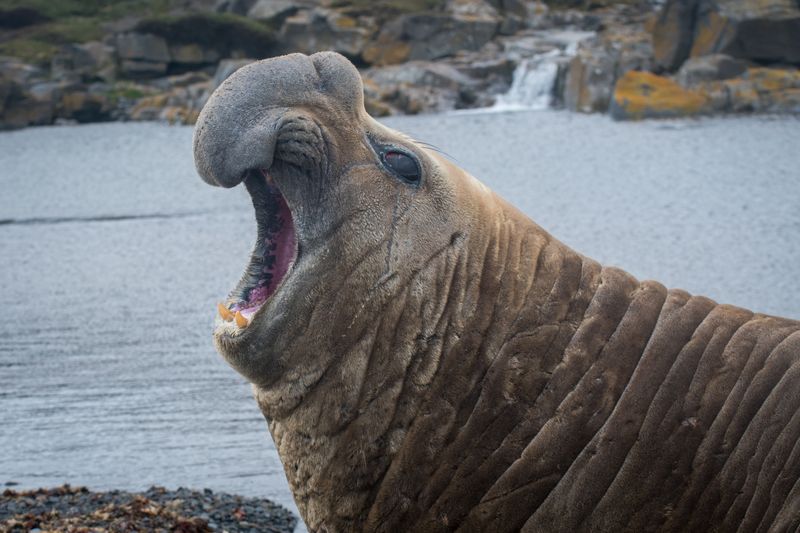
Male elephant seals are battlefield tanks, equipped with thick blubber armor up to 4 inches deep. Their massive bulk – weighing up to 8,800 pounds – makes them difficult for orcas to manipulate.
During breeding season, these giants develop a protective shield-like chest callus from fighting. Their powerful neck muscles and tusks can deliver devastating blows. In shallow waters, their maneuverability gives them a fighting chance.
6. Saltwater Crocodile
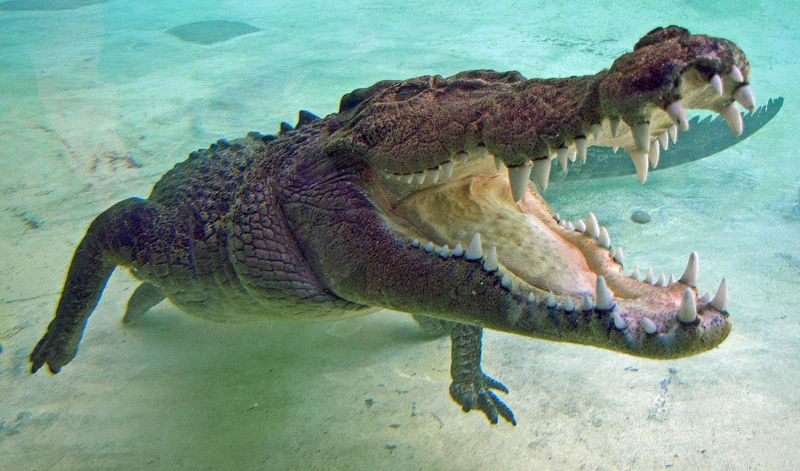
Evolution’s perfect predator brings 3,700 pounds per square inch of bite force to the fight. Saltwater crocodiles have remained virtually unchanged for 200 million years because their design works so effectively.
Their armored hide resists punctures, while powerful tails generate explosive speed. In shallow coastal waters where orcas can’t maneuver well, these ancient reptiles hold the advantage. Their ambush tactics could surprise even an intelligent orca.
7. Great White Shark
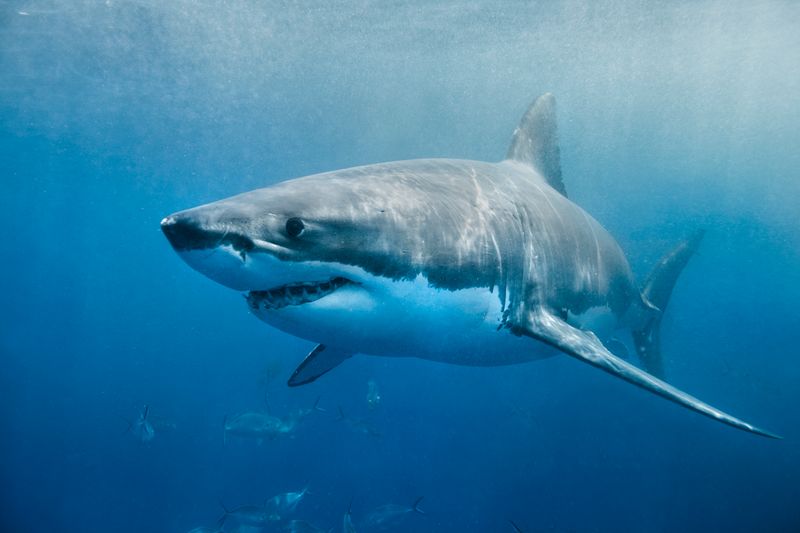
While orcas hunt great whites, the tables could turn under the right circumstances. A full-grown great white’s mouth contains rows of serrated teeth designed to rip through flesh and bone.
Their torpedo-shaped bodies can accelerate to 35 mph in bursts. A surprise attack from below could prove fatal to an isolated orca. Great whites also possess electroreception, detecting the orca’s electrical field before the whale even sees them.
8. Giant Pacific Octopus
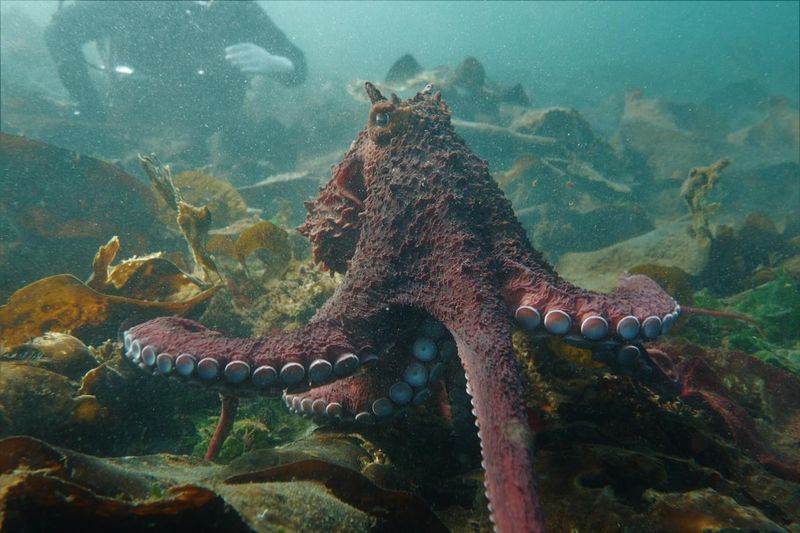
Masters of camouflage and problem-solving, giant Pacific octopuses bring intelligence to match an orca’s. Their eight arms, each lined with hundreds of powerful suction cups, could potentially suffocate an orca by blocking its blowhole.
These cephalopods can squeeze through spaces as small as a coin despite weighing 150 pounds. Their distributed nervous system allows each arm to function independently. They also deploy ink clouds to confuse predators while making their escape.
9. Polar Bear
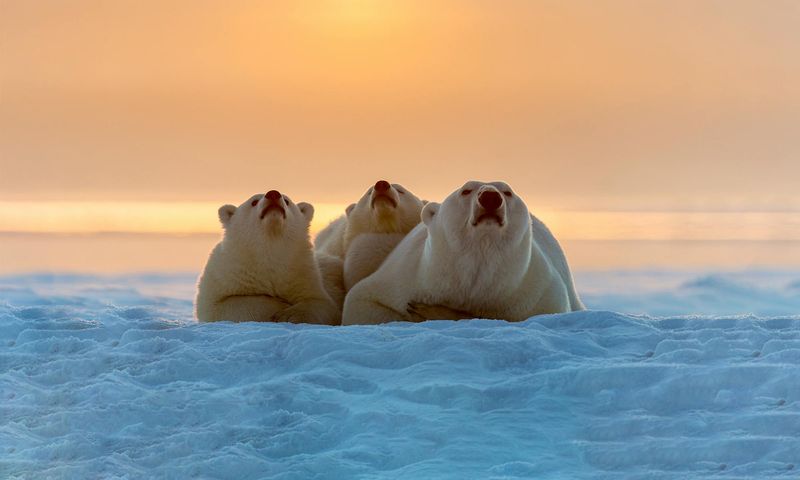
The Arctic’s apex predator brings raw power and surprising aquatic ability to a potential orca encounter. Weighing up to 1,500 pounds with paws the size of dinner plates, polar bears are remarkable swimmers capable of covering vast distances.
Their massive forelimbs can deliver bone-crushing blows. In shallow Arctic waters where orcas have limited mobility, a polar bear’s powerful jaws and claws could inflict serious damage. Their insulated fur provides protection in frigid conditions.
10. Humboldt Squid
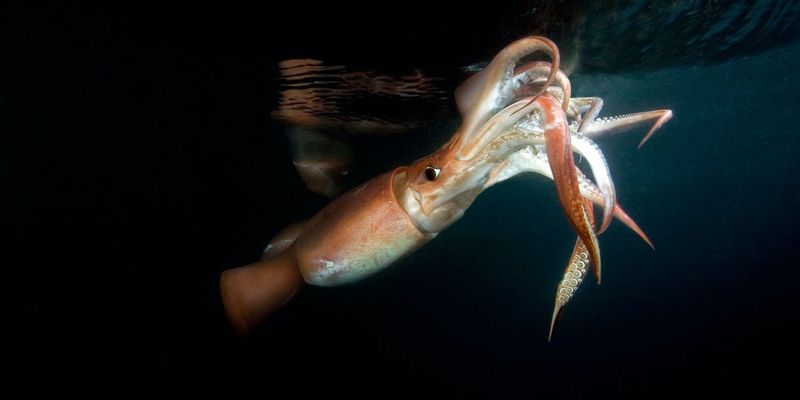
Nicknamed ‘red devils,’ Humboldt squids hunt in coordinated packs of up to 1,200 individuals. Each 6-foot squid sports a razor-sharp beak and barbed suckers that latch onto prey with terrifying efficiency.
Their group hunting tactics mirror orcas’ own strategies. Moving at speeds up to 15 mph, they can rapidly overwhelm larger animals through sheer numbers. Their ability to communicate through skin color changes allows for sophisticated coordinated attacks that could confuse even intelligent orcas.
11. Leopard Seal
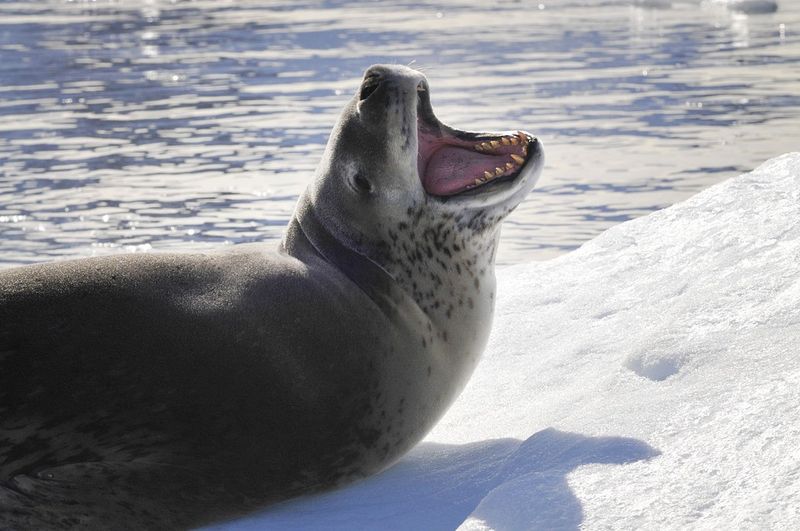
Antarctica’s stealthy predator combines surprising agility with powerful jaws. Leopard seals possess specialized teeth – some for filtering krill, others shaped like canines for ripping flesh.
Their serpentine bodies can reach 12 feet long and weigh up to 1,300 pounds. In ice-filled waters where orcas struggle to maneuver, leopard seals gain the advantage. They’re known to hunt other seals using ambush tactics that could potentially work against a solitary orca.
12. Hippopotamus
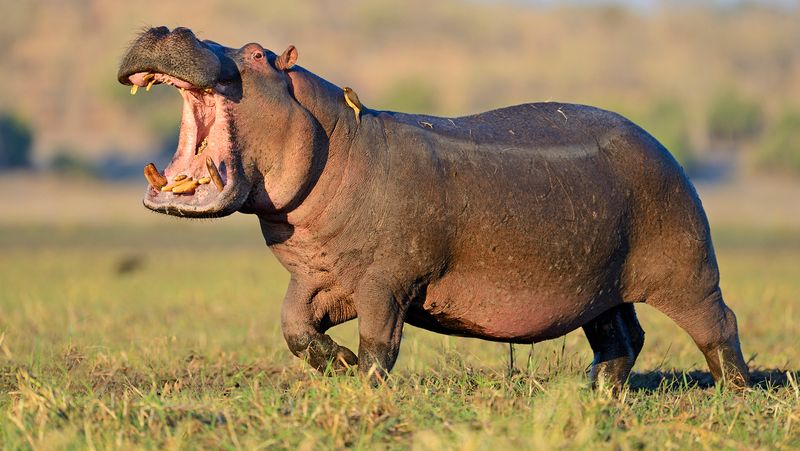
Africa’s most dangerous large land mammal brings unexpected aquatic dominance to the fight. Hippos can’t actually swim, but they can run along river bottoms at surprising speeds.
Their massive jaws open 180 degrees, revealing tusks that can grow over 20 inches long. A bite force of 1,800 pounds per square inch easily crushes watermelons – or potentially orca skulls. In shallow waters, their territorial aggression makes them fearsome opponents against any intruder.
13. Komodo Dragon
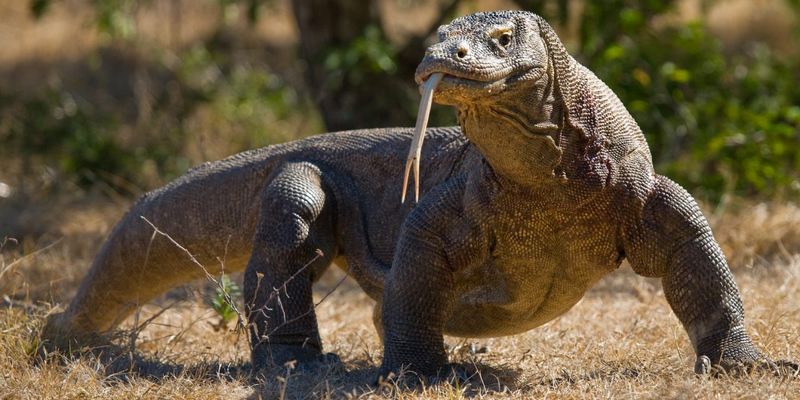
The Komodo dragon, with its venomous bite and robust physique, reigns as the largest lizard on earth. Its territorial behavior and hunting prowess make it a land predator to be reckoned with.
Picture a Komodo dragon facing an orca that has ventured too close to its island home. With a flick of its powerful tail and a calculated bite, it stands ready to defend its domain.
Did you know? Komodo dragons can run as fast as 12 miles per hour, showcasing their surprising agility.
14. Anaconda
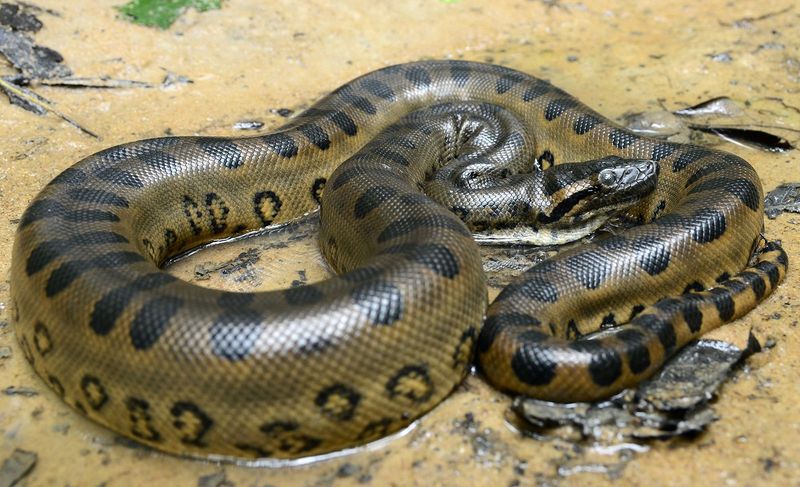
The anaconda, a master of stealth and strength, is the heaviest snake in the world. In the murky waters of the Amazon, it moves with precision and power, a true predator of the river.
Envision an anaconda coiling around an unsuspecting orca that has ventured into freshwater. Its constricting abilities could potentially make it a surprising opponent.
15. African Elephant
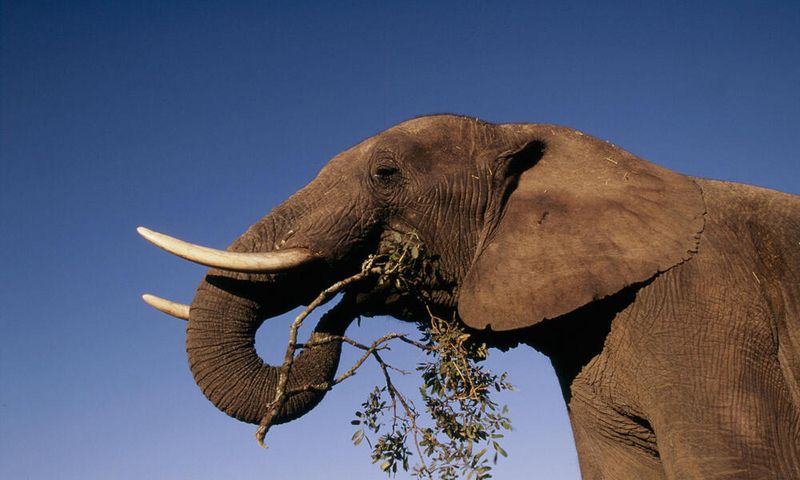
The African elephant, with its imposing size and intelligence, is a giant not to be underestimated. Known for their complex social structures, elephants are capable of strategic thinking.
Visualize an African elephant near the shore, trumpeting loudly as an orca approaches. With its massive tusks and sheer strength, it could challenge the ocean predator in a battle of wills.
Fun fact: Elephants have extraordinary memories, helping them survive in the wild by remembering water sources and danger zones.

